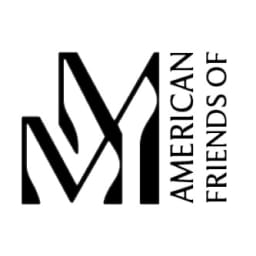
** Discover your futur membership level **
- ACADEMICS & STUDENTS : $40 +
- Free participation to virtual salons
- Invitations to exhibition vernissage
- FRIEND : $100 +
- Free participation to virtual salons
- Invitations to exhibition vernissage
- Free admission for ONE member to the permanent collections and special exhibitions at the Musée de Montmartre
- COUPLE : $200 +
Everything above PLUS :
- Free participation** *for* TWO* members to the permanent collections and special exhibitions at the Musée de Montmartre*
- SPONSOR : $500 +
Everything above PLUS :
- Recognition on the Musée de Montmartre and ADMM websites
- ONE fall exhibit catalog per year
- PATRON : $ 1,000 +
Everything above PLUS :
- Dedicated staff liaison to personally customize your Musée de Montmartre visit experience
- FOUR single-use general admission passes for unaccompanied guests
- TWO fall and spring exhibit catalogs per year
- BENEFACTOR : $ 4,000 +
Everything above PLUS :
- Opportunity to host one private event at the Musée de Montmartre at special donor rates
- EIGHT single-use general admission passes for unaccompanied guests
What is the musée de Montmartre ?
In the heart of Montmartre, this charming and atypical Museum is settled in the old houses of the neighborhood. The Museum’s buildings are surrounded by gardens and were where many renowned artists worked (e.g., Auguste Renoir, Emile Bernard, Raoul Dufy)... You can also see the studio-apartment of Suzanne Valadon (the first woman ever admitted to the Société Nationale des Beaux-Arts).
The permanent collection presents the rich history of Montmartre, the excitement of its workshops and the atmosphere of its famous cabarets, from the Lapin Agile to the Moulin Rouge. The collection includes paintings, posters and drawings by Toulouse-Lautrec, Modigliani, Kupka, and Steinlen among many others.
The Museum also has an area dedicated to the Chat Noir cabaret, with an exceptional collection of zinc panels used in the cabaret’s shadow theater and paintings by Steinlen that decorated the Chat Noir.
Each year the Museum puts on at least two special exhibitions.
Donors
Susan Bernardo I am so proud and grateful to be part of this organization, supporting the delightful Musée de Montmartre. In the fall of 2023, I had the opportunity to attend a Steinlen exhibit vernissage, and had the most fabulous week of art museums, g...
Doug Cress Timothy Hanford sara stonepsihas I LOVE Musee Montmartre, AMFF & Jacqui Michel!!
